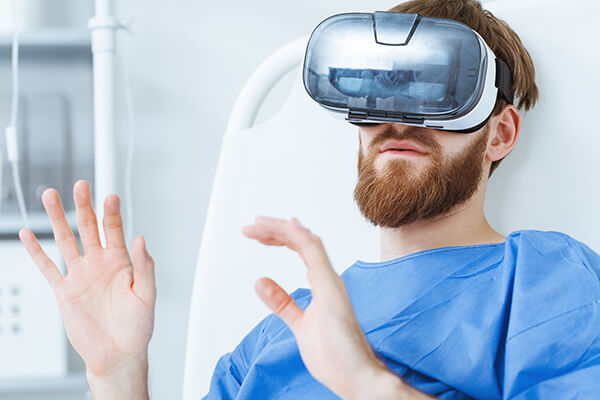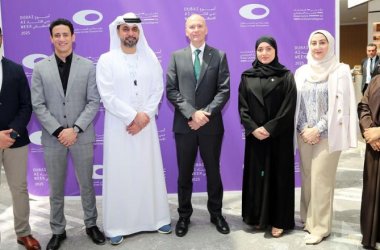The Ministry of Health and Prevention (MOHAP) has announced its plans to introduce Virtual Reality (VR) rehabilitation in physiotherapy for stroke patients, patients suffering from balance disorder and children with development disorders, cerebral palsy and Parkinson’s syndrome, using artificial intelligence techniques to provide competitive health services locally and globally.
The initiative is in line with the UAE Strategy for AI, one of the vital projects within the framework of UAE Centennial Plan 2071 to improve government performance, accelerate achievement and build creative and innovative work environments,
VR rehabilitation technology makes use of virtual world simulation to meet various requirements for effective medical intervention to achieve the best results using the video game controller and the moving sensor. Scientific studies have proven the effectiveness of this innovative technique in the rehabilitation and treatment of many such cases.
Dr. Yousif Mohammed Al Serkal, Assistant Undersecretary for the Hospital Sector, emphasised the Ministry’s keenness to fully integrate artificial intelligence into medical services to envision the future of healthcare, to create pathways and proactive solutions to enhance patient happiness and to achieve the goals of the National Agenda 2030 for sustainable development.
He pointed out that the adoption of VR technology falls within the framework of the UAE Strategy for Artificial Intelligence, which is first of its kind in the region and the world and aims to achieve the objectives of the UAE Centennial 2071 by accelerating the implementation of programs and projects by integrating AI in services and data analysis by 2031.
Dr. Al Serkal also explained the advantages of VR using AI in physiotherapy to provide treatment for patients, while keeping pace with global developments in an entertaining setting and allowing the patient to complete the treatment at his/her home with the possibility of remote rehabilitation, in addition to the ability to measure patient’s progress and evaluate results through a safe environment for the patient.
In the treatment of stroke, the virtual reality system evaluates and enhances the recovery of the affected upper parts, in addition to the training for the walking device used for rehabilitation. The patient moves at a speed mounted on the motion platform with changing virtual environments being displayed on the front screen to simulate daily activities. In the treatment of the balance disorder, virtual reality is a safe and effective alternative to conventional therapy to improve the balance in patients. Patients reported that they enjoyed VR therapy without suffering from side effects, and with increased motivation.
This technique is also used to treat children with developmental disorders including positive developments in both perceived and performance capabilities in areas of daily activities including social activities that they have not been able to do before.
The virtual therapy also assists cerebral palsy patients in the reorganisation of the brain and movement ability and visual cognitive skills, in addition to social participation and personal factors. In the treatment of Parkinson’s syndrome, it resulted in a marked improvement in the movements, functional abilities, quality of life and balance of patients.





